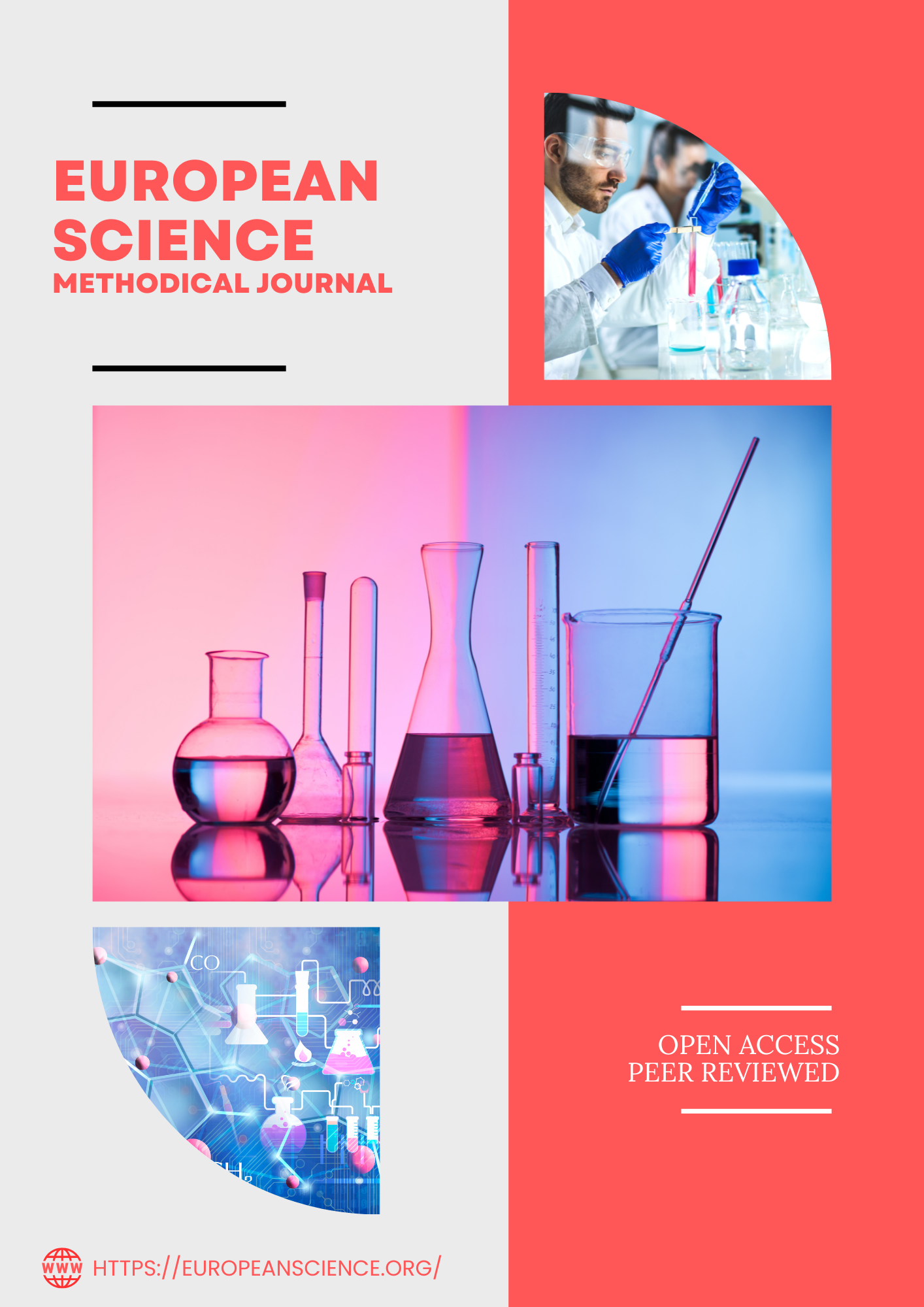DIAGNOSIS AND PATHOGENESIS OF THE PROTEUS SPP. INFECTION LIKELIHOOD IN URINE SAMPLES AND DESCRIPTIVE STUDY COLLECTED FROM PATIENTS IN WASIT PROVINCE-IRAQ
Keywords:
P. mirabilis, Antibiotic resistance, Cotrimoxazole, Descriptive studyAbstract
Background: Proteus spp. is one of the most important agents of urinary tract infection (UTI). It is well known in clinical and microbiology survey courses as the species that swarms across agar surfaces, overtaking any other species present in the process. Urease production and robust swarming motility are the two hallmarks of this organism. This species can be identified as a Gram-negative rod that is motile, urease-positive, lactose-negative, indole-negative, and produces hydrogen sulfide. Aim: As there are limited data about the pathogenicity Proteus isolated from Iraq, we investigated the virulence characteristics and antibiotic resistance in the isolates. Finally, a community-based descriptive study was carried out during the same period of sample collection. Results: From isolates Proteus P. mirabilis represents (91.7%) of specimens. Which supports the idea that P. mirabilis is more commonly encountered in clinical infections. According to the age and gender, out of 218 Proteus spp., 115 (52.7%) were Females and 84 (38.5%) were above 40 years. Regarding Antibiotic resistance, interesting fiending was that Cotrimoxazole has reached the peak level of antibiotic resistance.
Downloads
Published
Issue
Section
License

This work is licensed under a Creative Commons Attribution-NonCommercial 4.0 International License.















